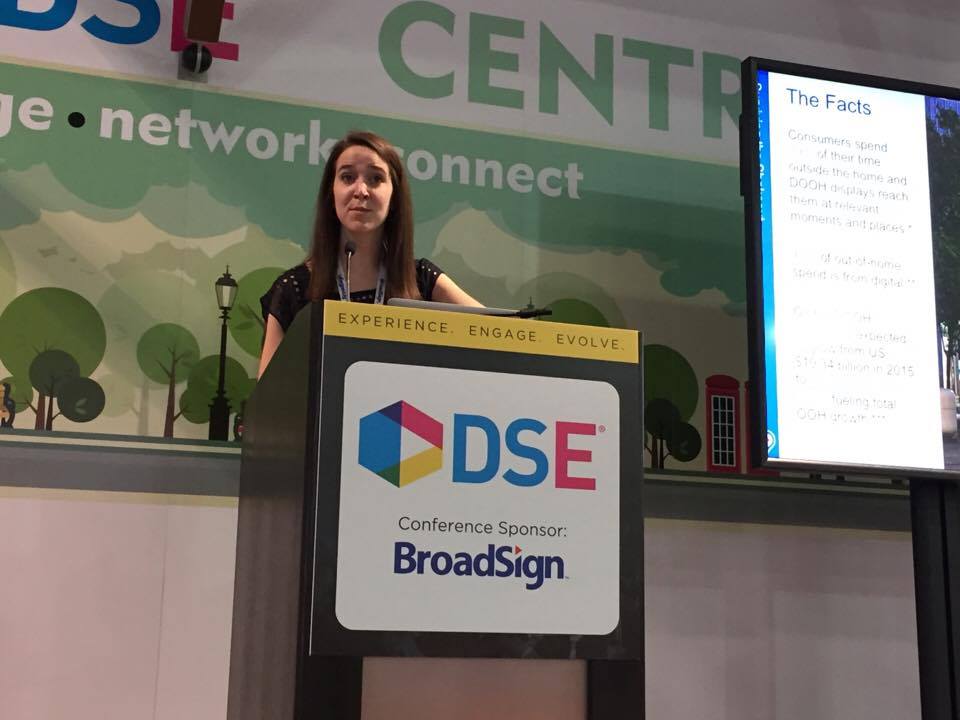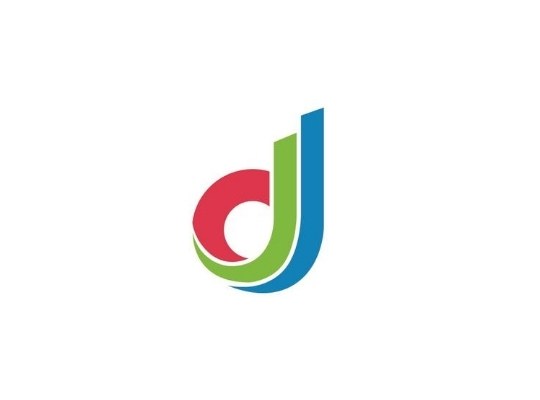
The growth of digital signage from a “practice” to an “industry” is welcome news for anyone with skin in the game. But it also means the inevitable shakeout is looming and that can put the pressure on companies to evolve or fade into the sunset.
During the Digital Signage Expo in Las Vegas, Stephanie Gutnik, director of Business Development at BroadSign International, provided an overview of the industry lifecycle as it barrels toward a shakeout phase, and offered tips on how to survive.
Shakeout approaching

Photo provided by Wikimedia.
A shakeout is the period that happens right before the market reaches maturity. Gutnik said there are signs in our space that this is approaching. For example, some companies are falling by the wayside, while others are being acquired.
“This doesn’t mean our industry will stop growing,” she said.
Still, it’s important for businesses to understand what it takes to survive alongside the competition. To do so, they must keep up with the tangible and intangible shocks that are happening – the “creative destruction.”
“There are periods of the status quo that are interrupted by shocks to the system and render previous competitive developments irrelevant,” Gutnik said.
For example, in the music industry, this happened when tapes replaced records, when CDs replaced tapes and when MP3s replaced CDs.
“The same thing is happening in the digital-out-of-home space. We’ve had a lot of tangible shocks along our journey, from drawings on cave walls to outdoor signs to digital screens,” she said.
There are also intangible shocks occurring now, as is evidenced by advertising statistics:
- Globally, TV advertising is expected to grow 4.7 percent throughout the next five years.
- Online advertising is projected to grow by more than 11 percent in that time.
- DOOH advertising is expected to jump 77 percent over next five years
A Clear Channel UK study shows that digital screens brought in about 2 percent of overall ad revenue worldwide seven years ago. That number sits at 60 percent today. Gutnik adds that these trends are bolstered by the fact that consumers spend about 70 percent of their time out of their home.
“Consumers are noticing – 85 percent of consumers believe out of home is beneficial and useful,” Gutnik said. “Seventy-one percent believe digital billboards are more noticeable than online ads. And 22 percent changed their plans so they could visit the store that was advertised on the billboard.
“We’re seeing growth despite the shakeout which incentivizes us more to stay in the game.”
Convergence, caliber, conviction
If a business is starting out in the DOOH space, Gutnik said it’s important to have a business model that is going to bring in profit after a reasonable amount of time, either via an advertising-based model, managed services or different verticals, such as healthcare or corporate communications.
It is also important to run solutions that are standards in the industry, which is more attractive for the bigger media owners.
“Everybody has a shared interest to grow. Folks who may even be your competitors are happy to share best practices if that means we’ll get a bigger slice of the pie,” she said.
Gutnik said businesses should also mind the convergence trend happening in the space. For example, many exhibitors were not present at the Digital Signage Expo a few years ago, but digital signage has grown to the point where other industries can get involved, such as mobile and audio.
“When you’re operating a DOOH network, as these innovative products/offerings come into our market, it’s important that you can integrate them with ease so you can offer consumers solutions that are beneficial to them,” she said.
In addition to convergence, Gutnik said businesses should also focus on caliber and conviction. For caliber, make sure you’re pushing quality data to the right audiences at the right time. For example, a company in Australia uses a camera on a billboard along an interstate to identify Porsche drivers. Once such a driver is identified, it sends a message to the next billboard down the road, which changes its messaging to say hi directly to the Porsche driver.
Also, a Clear Channel campaign targeted smokers around New Year’s resolution time. Cameras detected people using cigarettes and played a video of a man coughing before transitioning into an ad for a suite of pharmaceutical products that helped people stop smoking.
To ensure conviction, it’s critical to ensure media owners have control over anything that appears on screen. There are many ways to do this, including strong passwords and user controls so only specific employees can access the content. Losing control over your messaging can cause reputational damage, and it can also be dangerous.
“Smart cities have the capability to deploy emergency messaging,” Gutnik said. “If that type of control gets into the wrong hands, it can cause havoc. Being assertive and making sure that whole ecosystem is secure will be utmost importance in coming years.”
Gutnik concluded her presentation by mentioning that the industry has done a good job raising awareness about innovative campaigns taking place in the space.
“We’re getting to the point where we’re making an impression with our viewers. But the ‘hard to get’ part is an issue,” she said, referencing a quote by Canadian rapper Drake: “Don’t play hard to get. Play hard to forget.”

Coca-Cola’s drinkable campaign includes a variety of media to allow customers to interact with the brand however they please.
She pointed to a recent ad from Coca-Cola as a model of how to shift that narrative. The “Drinkable” campaign includes a variety of media – interactivity, mobile phones, static at home, print/magazines and digital billboards.
“This ad allows consumers to interact however they please and get a free Coke,” Gutnik explained. “It really shows what can happen when you look at convergence, consolidation and conviction.”






